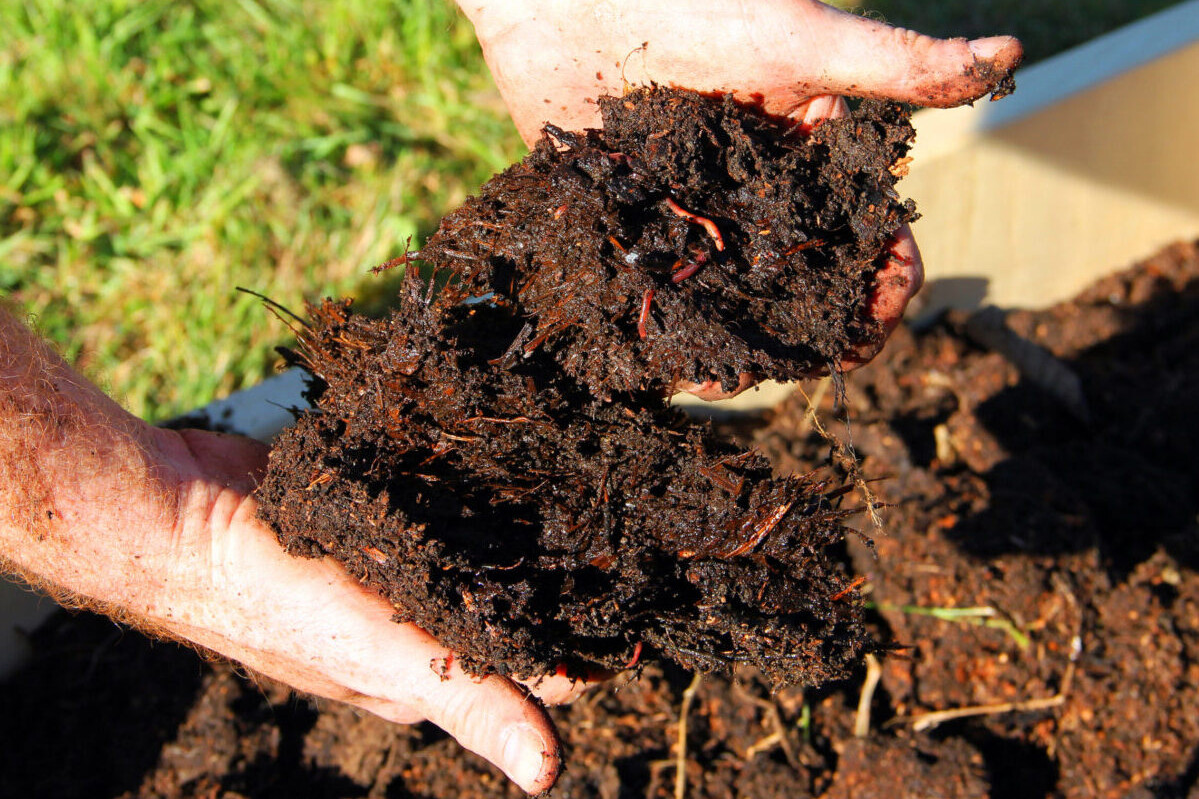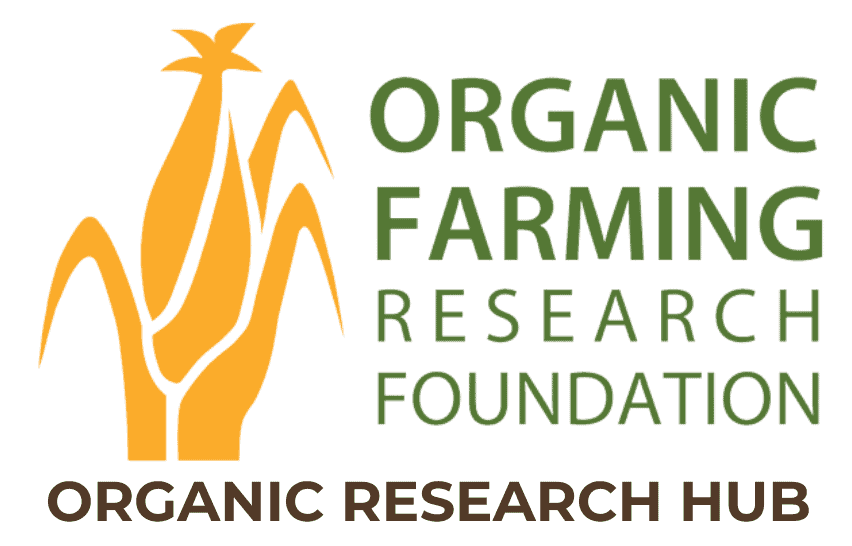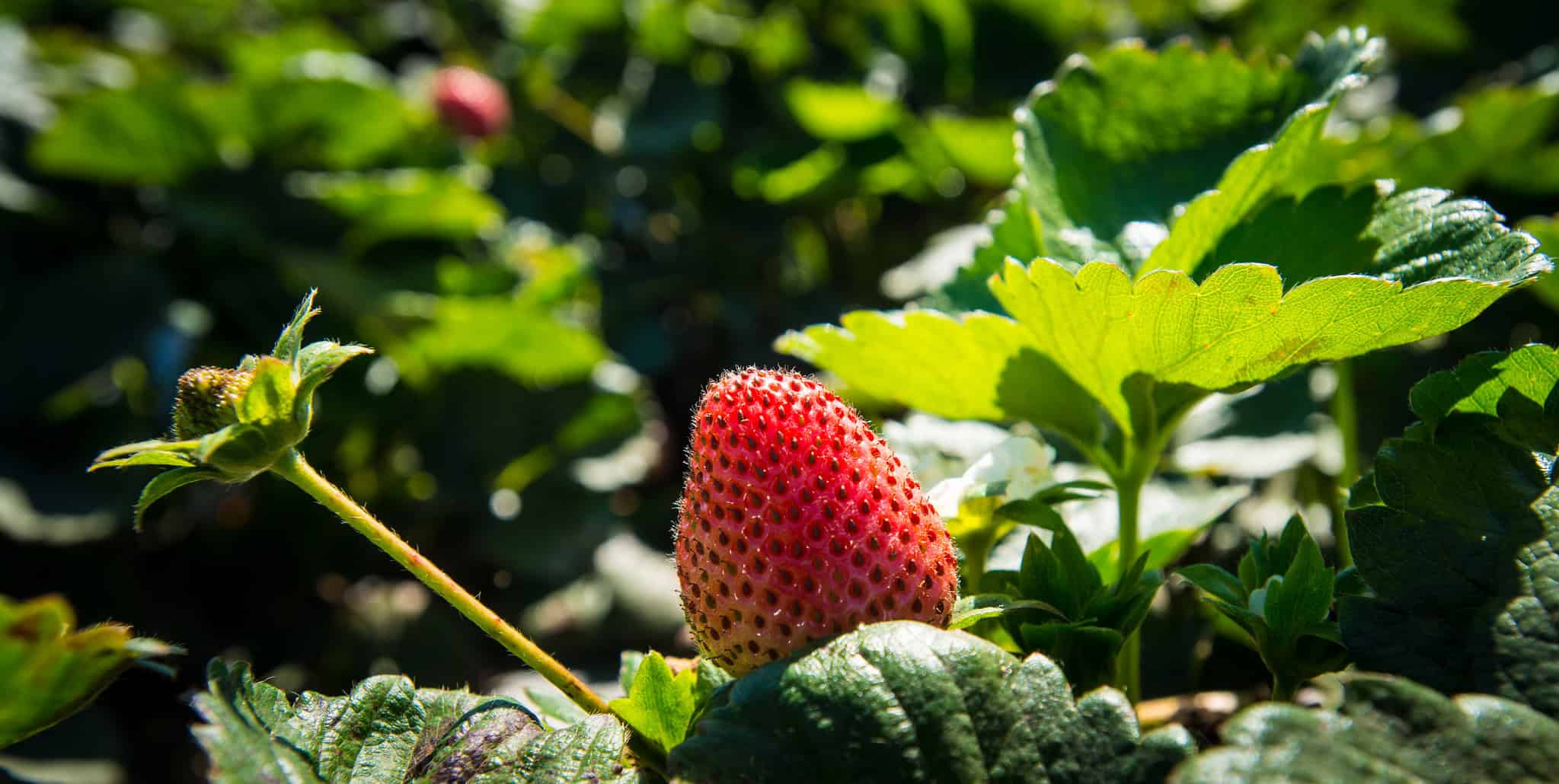Long-term Organic Farming Impacts on Soil Fertility
Jessica Davis, Colorado State University

Supplying adequate nitrogen (N) to organic crops is challenging. Our research team is developing a system to grow cyanobacterial bio-fertilizer (cyano-fertilizer) on farms and apply it via irrigation. Cyanobacteria fix nitrogen from the air using sunlight. Preliminary greenhouse studies indicate that cyano-fertilizer enhances flowering and increases beta-carotene in crops. This project aims to expand research to include fish emulsion (both hydrolyzed and non-hydrolyzed) and kelp, assessing their phytohormone concentrations and nutritional impact on organic crops. On-farm production of cyano-fertilizer offers an innovative way to meet nitrogen needs while reducing fertilizer manufacturing and transportation.
Objectives and findings include:
a) Quantify phytohormone concentrations: Six of seven organic fertilizers contained auxin and salicylic acid, but none had measurable cytokinins. Non-hydrolyzed fish emulsion had high auxin and low salicylic acid, while hydrolyzed fish emulsion showed the opposite. Cyano-fertilizer was high in both phytohormones.
b) Assess impact on crop growth and quality: Cyano-fertilizer and non-hydrolyzed fish emulsion treatments resulted in the highest yields for carrots and peppers. The non-hydrolyzed fish emulsion also enhanced beta-carotene in lettuce. Auxin rates correlated positively with beta-carotene levels, and the non-hydrolyzed fish treatment increased phytohormones in pepper leaves.
c) Monitor impact on peaches: In organic peach orchards, cyano-fertilizer combined with compost boosted yields and reduced trunk growth while increasing SPAD chlorophyll readings, correlated with leaf iron concentration.
d) Evaluate costs and benefits of on-farm production: The on-farm cyano-fertilizer system is competitive with expensive organic nitrogen fertilizers. To compete with fish emulsions and blood and feather meals, nitrogen costs must be halved. Smaller experiments suggest doubling nitrogen fixation at a modest cost increase, with plans for field evaluations in summer 2016.
e) Influence farmer decisions: Eighteen presentations were delivered to farmers and conferences to share results.
Region
Plains
Topic
Crop Nutrient Management
Category
Vegetables/Fruits, Tree and Vine Crops
Date Range
2011-2020
Funding Amount
$13,626
Funding Year
2014Location
Fort Collins, Colorado



